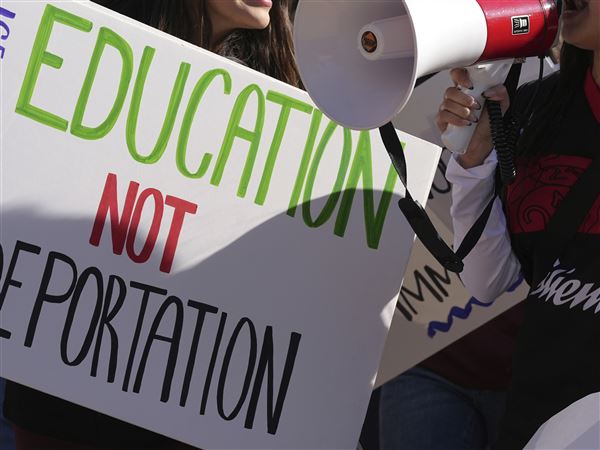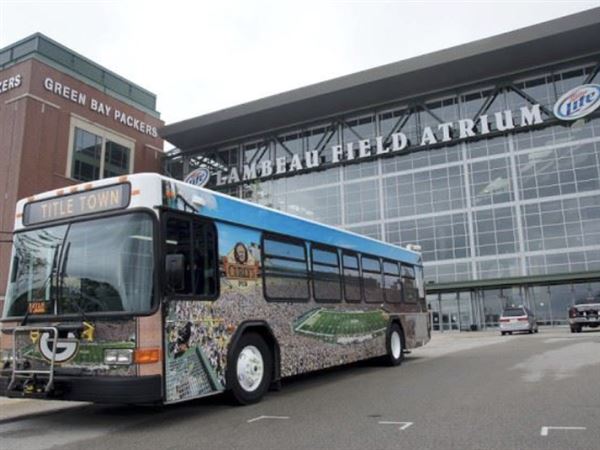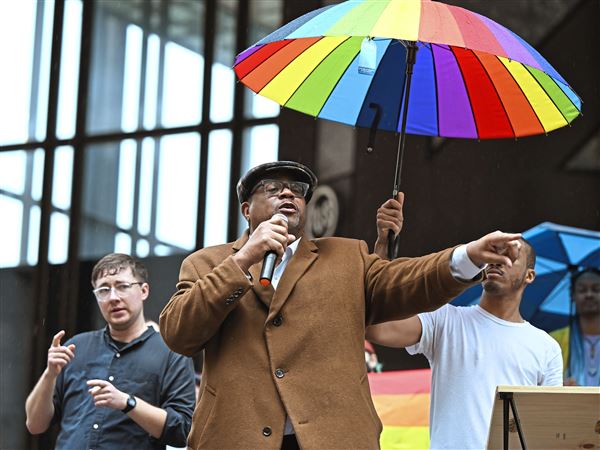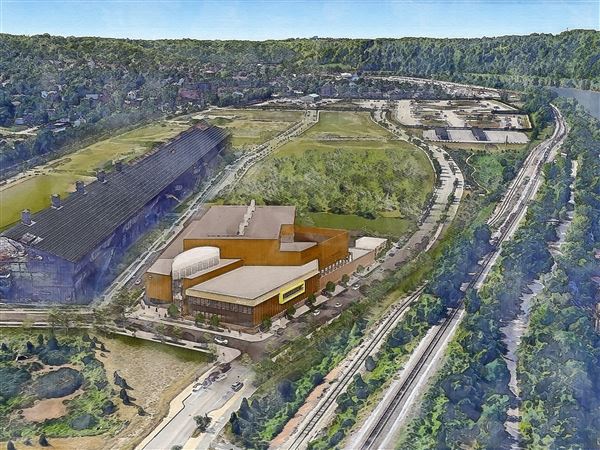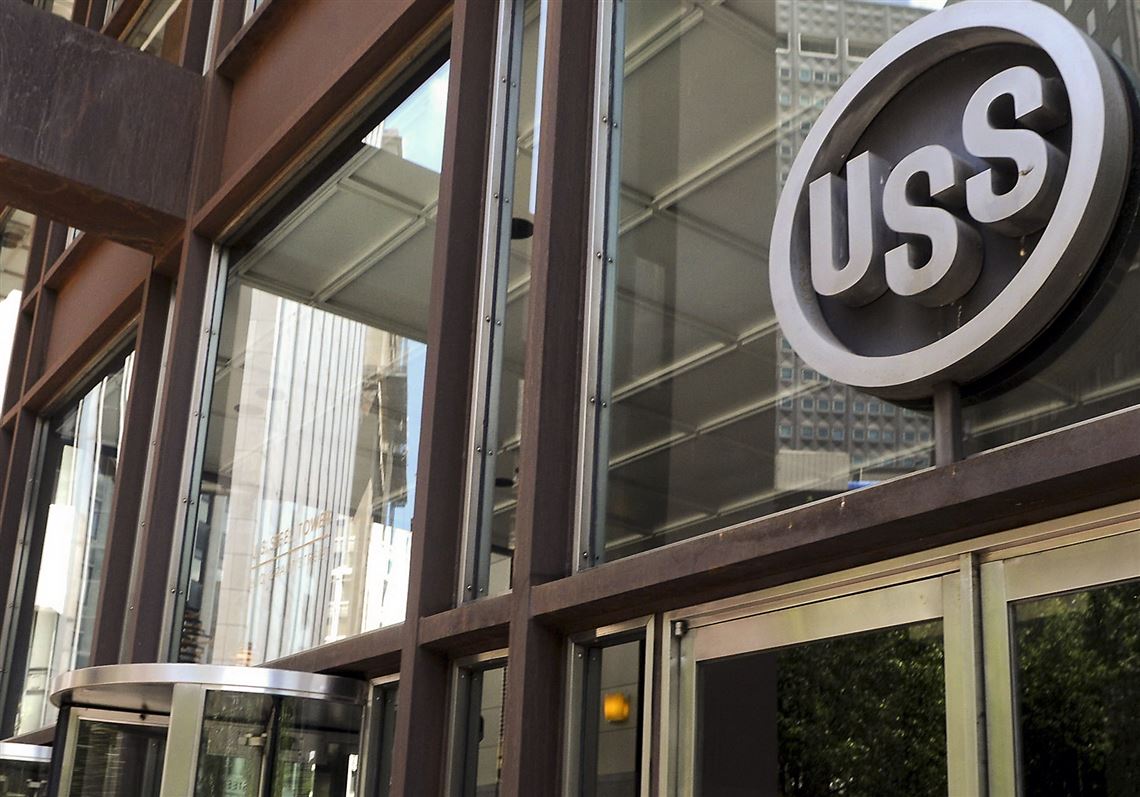U.S. Steel president and CEO Mario Longhi’s vaunted Carnegie Way program has generated $705 million in savings and efficiencies so far this year.
But it could also be the culprit behind nagging operational issues that left the Pittsburgh steelmaker’s third quarter profits well short of analyst estimates. And some believe the relentless cost-cutting is compromising safety.
Mr. Longhi blamed the operational issues on a series of small unplanned outages at a number of mills that reduced output by about 125,000 tons in the third quarter. He told analysts Wednesday the company lacked the flexibility to shift some of the work elsewhere because it has idled plants and equipment as a result of tough business conditions.
Axiom Capital Management analyst Gordon Johnson believes the problems occurred because U.S. Steel is spending less on taking care of its equipment.
“They are clearly underspending on maintenance capital expenditures,” Mr. Johnson said in an interview.
“They are understaffed and overworking workers” to the extent that they are jeopardizing safety, he added.
Mr. Johnson cited a Sept. 30 fatality at the company’s Gary, Ind., mill. Union worker Jonathan Arrizola was repairing a crane with three other crew members when he was killed. Mr. Arrizola’s wife told a local television station that her husband was looking for a new job because he was working 70 to 90 hours a week at the mill.
Rodney Lewis Sr., president of United Steelworkers union Local 1014, criticized U.S. Steel for moving Mr. Arrizola and other workers around the Gary mill in an effort to cut costs.
“Our company has decided that, to save a dollar, they’ll farm people out all over this mill, which only increases the chances for accidents like these happening,” Mr. Lewis wrote in an Oct. 1 Facebook post. “Working with bare bones crews ain’t cutting it.”
It was not the first time Mr. Lewis took the company to task over cost-cutting. When U.S. Steel announced in April it was laying off 25 percent of its North American nonunion workforce, he called out the firing of two safety managers.
“There has always been a discernible line drawn between Operations and Safety. That line has now been blurred,” he wrote in another Facebook post. “This is a company in flux. I wish I could tell you what the end game is with this company but truthfully speaking I doubt they have a clue.”
Mr. Lewis did not return a call seeking comment.
Other workers have cited the impact that the Carnegie Way program has had on operations. One former operations and maintenance employee who left voluntarily described the Carnegie Way as “a big joke” in an interview with the Post-Gazette last year.
The worker, who asked not to be identified, said purchasing managers in Pittsburgh had ordered his mill to use cheaper oils to lubricate bearings. That caused the bearings to wear out more quickly, resulting in extra costs and longer down time, the employee said.
Jefferies analyst Seth Rosenfeld told clients on Wednesday that he is “concerned these latest operational issues reflect assets under-investment during years of aggressive cost cutting.”
Mr. Longhi told analysts Wednesday that the company will ramp up spending in the fourth quarter to address the operational problems.
On Tuesday, U.S. Steel reported a third quarter profit of $51 million, or 34 cents per share, on revenue of $2.69 billion. Analysts had expected earnings of 87 cents per share on revenue of $2.82 billion.
The company also said that if current market conditions remain stable, it expects to lose about $355 million, or $2.26 per share, this year vs. the $50 million 2016 profit it forecast when the company reported second quarter results in July.
U.S. Steel shares closed Wednesday at $17.82, down 89 cents.
Len Boselovic: lboselovic@post-gazette.com or 412-263-1941.
First Published: November 2, 2016, 2:38 p.m.
Updated: November 3, 2016, 4:35 p.m.

